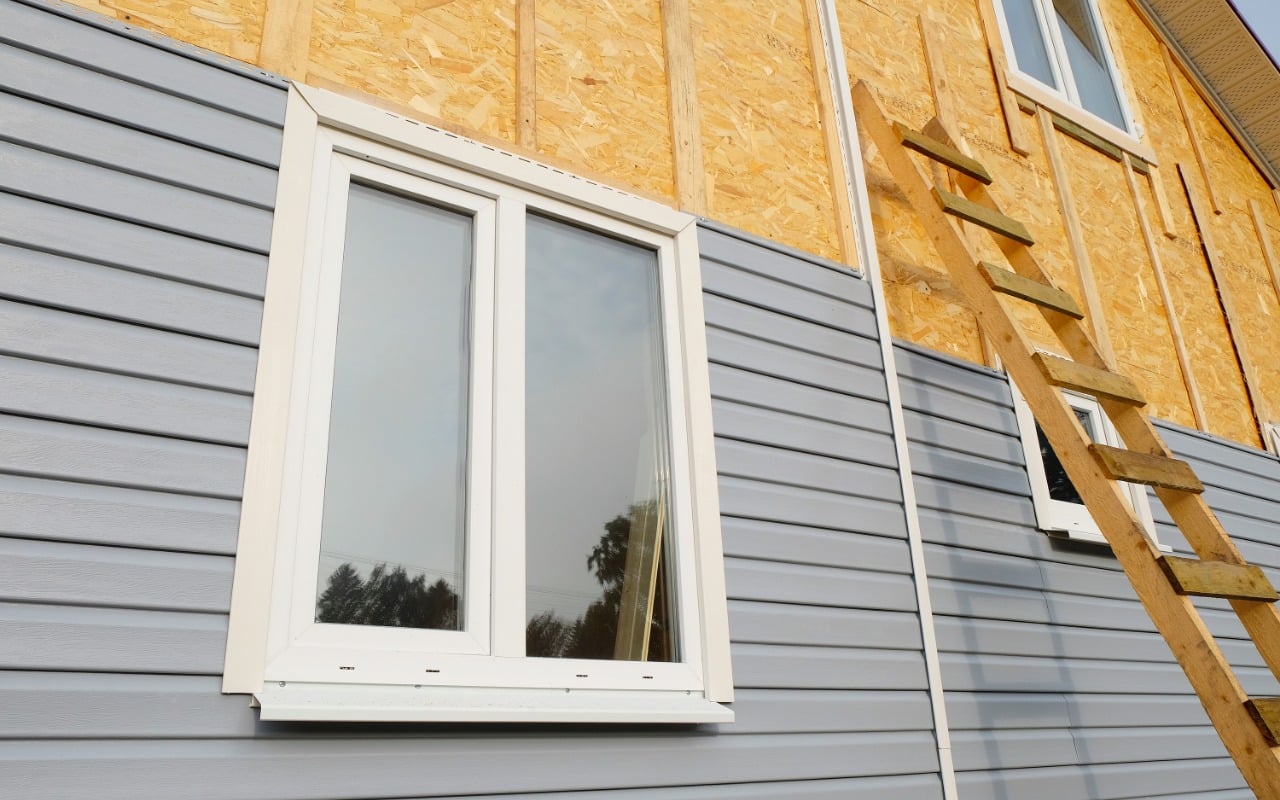Siding Installation: How Proper Techniques Prevent Water Damage

In Florida, water damage is one of the biggest threats to a home’s structure and longevity. From heavy rains to hurricane-driven moisture, your siding is the first line of defense. But even the best siding materials won’t do their job if they’re installed incorrectly. That’s why understanding proper siding installation in Florida is so critical.
Whether you’re replacing damaged siding, building an addition, or re-cladding your entire home, what happens during installation can make or break your home’s moisture protection. This post covers why proper installation matters, what steps protect your walls from water damage, and how OSO Construction ensures your home stays dry and secure.
Why Proper Siding Installation Is Critical
Siding doesn’t just impact curb appeal. It protects your home from rain, humidity, wind-driven water, and the mold and mildew that follow. Florida’s climate demands materials and methods that work together to form a complete moisture management system. Improper siding installation in Florida can lead to rot, swelling, warped boards, insulation failure, and costly repairs that go far beyond the exterior.
Some of the most common water-related siding failures are preventable with the right installation techniques. These include:
- Water seeping behind improperly flashed windows and doors
- Moisture trapped due to lack of house wrap or drainage plane
- Warping from nails driven too tightly or at the wrong angle
- Gaps at joints or corners allowing rain intrusion during storms
That’s why hiring a qualified contractor and following manufacturer specs is non-negotiable in Florida construction.
Flashing and Moisture Barriers During Siding Installation in Florida
Flashing refers to thin metal or synthetic barriers installed at vulnerable points, like above windows, doors, wall seams, and roof intersections. When properly integrated with siding, flashing redirects water away from your house and prevents it from entering behind the panels.
In Florida, code often requires step flashing, head flashing (drip cap), and kick-out flashing at roof-to-wall transitions. Without these pieces, rainwater can collect and seep into the sheathing. Over time, that can lead to rot, especially on wood framing.
At OSO Construction, our siding crews install and seal flashing as a first step, not an afterthought. This creates a protective layer behind the surface and ensures your siding is working with the rest of your home’s moisture control system.
House Wrap and Moisture Barriers
Behind your siding is an unseen but essential layer called a water-resistive barrier (WRB), often referred to as house wrap. This breathable material allows water vapor to escape while stopping liquid water from entering your wall cavities. It’s your last line of defense if wind-driven rain gets past the siding.
For Florida homes, WRBs need to be installed tightly with overlapping seams, properly taped joints, and accurate integration with flashing. We take extra care around window and door openings, which are some of the most common leak points.
Paired with the right siding, whether James Hardie, LP SmartSide, or vinyl, a properly installed moisture barrier ensures rain stays out and walls stay dry.
Spacing, Fasteners, and Siding Orientation
Even high-end siding can fail if it’s nailed too tightly or installed without expansion gaps. Materials like fiber cement and engineered wood expand and contract with heat and humidity. In Florida, where weather can change quickly, this movement is constant.
When fasteners are driven in too deep or too close to edges, they can cause cracks or warping. Leaving proper gaps at joints, around trim, and near flashing is just as important. We follow each manufacturer’s specifications to the letter, ensuring every panel can expand and contract freely without compromising the seal.
Incorrect spacing or nailing may not show problems immediately, but over a year or two, signs like bulging, splitting, or soft spots may appear.
Why It Pays to Hire a Florida Siding Specialist
Many siding failures come down to one thing: shortcuts. Whether it’s a crew unfamiliar with Florida’s moisture conditions or a rushed job that overlooks critical flashing, the result is the same. Expensive repairs and structural headaches.
At OSO Construction, we specialize in siding installation built for Florida homes. From material selection to final inspection, our team ensures that your siding not only looks great but stands up to years of sun, rain, and storm season stress.
We install James Hardie, LP SmartSide, vinyl siding, and more, all with attention to flashing, WRBs, proper spacing, and wind-resistant techniques. Our no-obligation inspections help you catch small problems before they turn into major repairs.
Request a Siding Quote Today
If your home shows signs of warping, mold, or moisture inside the walls, it may be time to inspect your siding system. Whether you’re dealing with old vinyl, past storm damage, or planning a new addition, we can help.
Call us today at 813-388-3452 or email [email protected] to schedule your siding evaluation with OSO Construction. Our siding specialists are ready to ensure your Florida home is protected from the elements, starting from the very first nail.